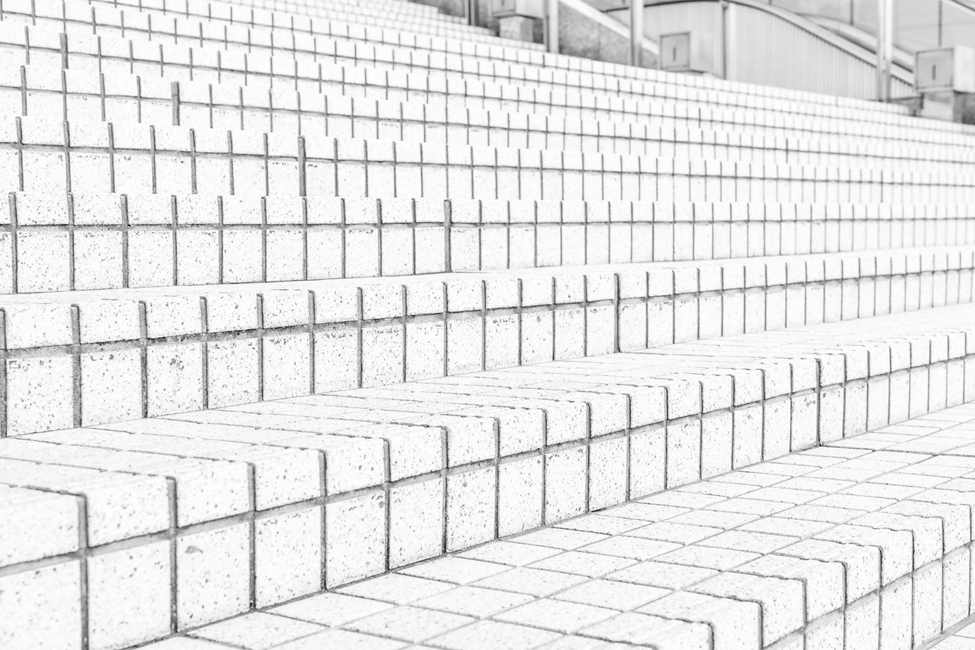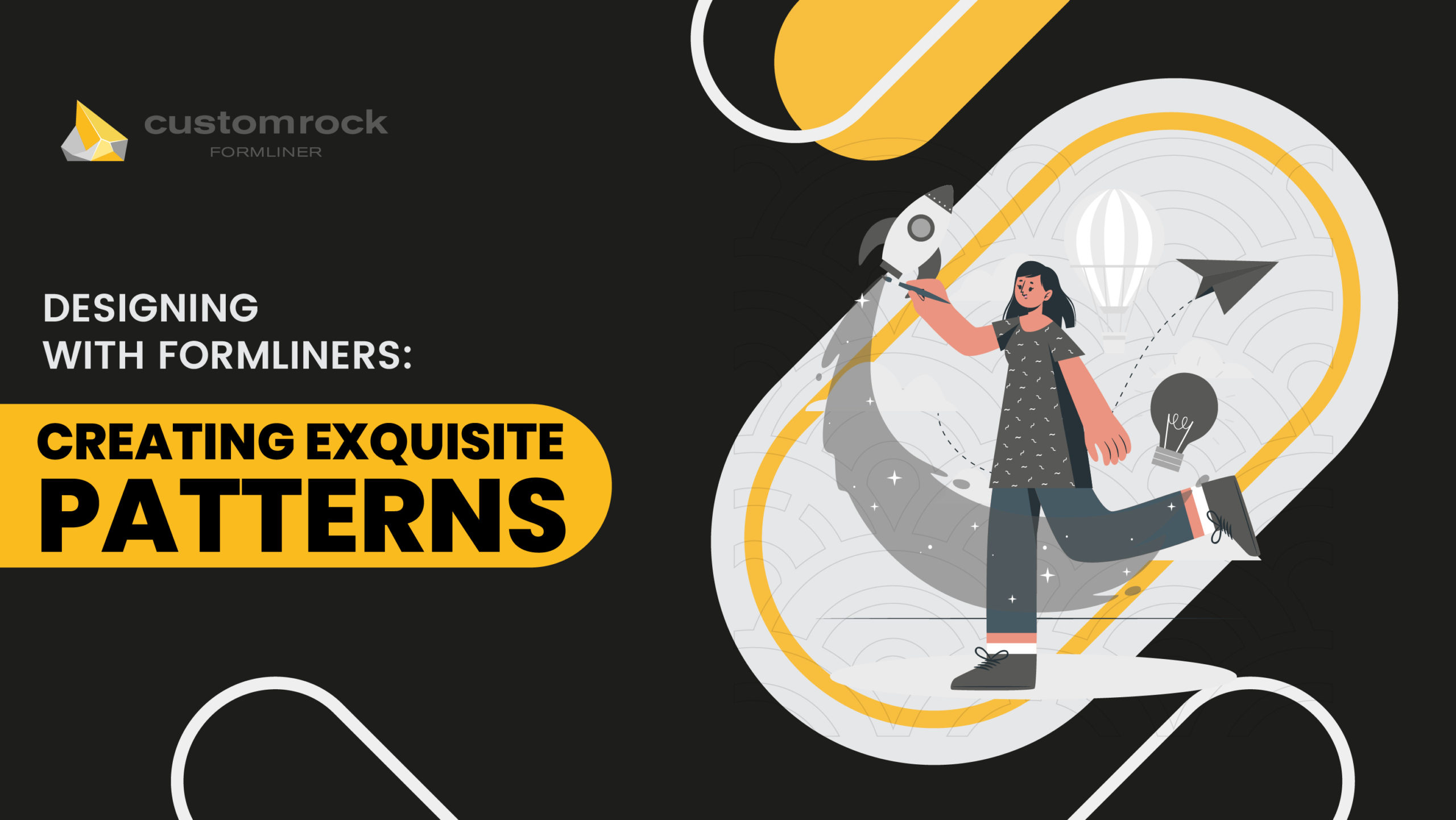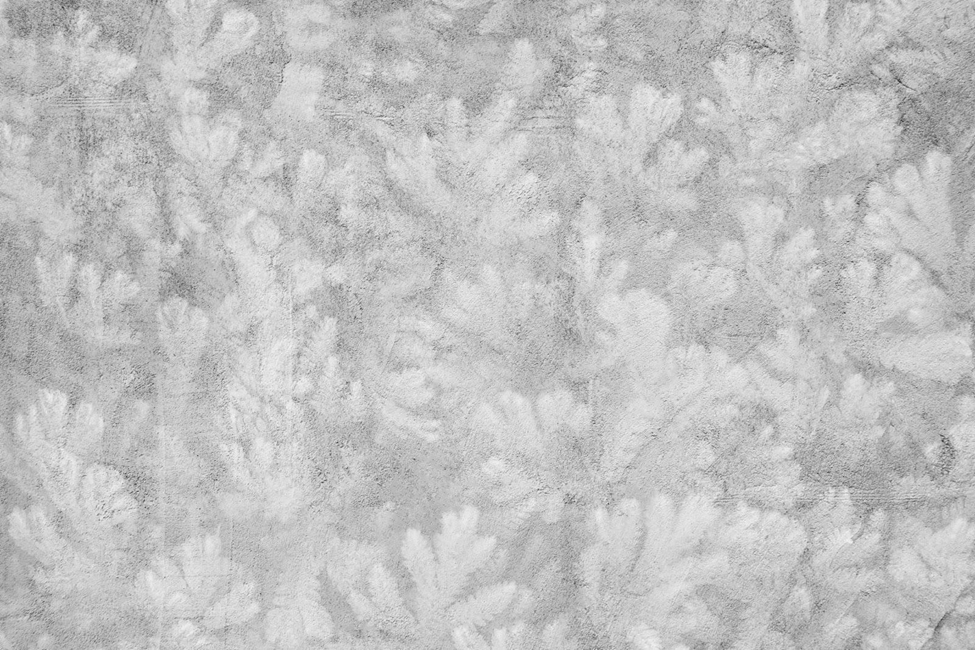TL: DR
Formliners are versatile materials used in construction to add decorative patterns and textures to concrete surfaces. They act as mold that is placed inside formwork before pouring concrete. Once the concrete sets and the formwork is removed, the formliners stay attached; revealing the imprinted pattern.
The benefits of formliners include diverse design options, precise replication of intricate textures, and cost-effectiveness compared to using other materials. Custom designs can be created with the help of formliners which enhance a project’s vision. Additionally, formliners improve concrete surface durability and support sustainable practices with recyclable materials.
To enhance overall aesthetics in architecture, designers can use textured materials, wood finishes, tiles, and interactive art installations.
Tactile elements like handrails, water features, and vegetation can also be used with formliners. However, safety and accessibility must be considered before choosing such options.
Formliners are versatile and applicable in various settings; from large structures to small details. They can be used both indoors and outdoors which offers endless possibilities for creating beautiful environments.
For optimal results, best practices include understanding project requirements, selecting high-quality formliners, and proper formwork preparation. Following manufacturer guidelines during application and ensuring safety and environmental impact should be prioritized to achieve success in the project.
How Formliners Work?
Formliners are materials used in construction to create decorative patterns or textures on the surface of concrete structures. They work by acting as a mold that is placed inside the formwork before the pouring process.
Here’s how formliners work step-by-step:
- Placement: Formliners are positioned inside the formwork, which is the frame or mold used to shape the concrete.
Concrete Pouring: After placing the formliners, concrete is poured into the formwork. - Formwork Removal: Once the concrete has set and hardened to the desired strength, the formwork is removed, exposing the concrete surface with the embedded formliners.
- Revealing the Pattern: As the formwork is taken off, the formliners remain stuck to the concrete. The texture or pattern imprinted on the formliners transfers onto the concrete surface.
- Cleaning and Finishing: Any loose debris or residue on the surface is cleaned off which leaves behind the textured or patterned concrete finish.
Formliners come in various materials like rubber, plastic, or foam. They can create a wide range of surface finishes, such as brick, stone, wood, or custom designs. These liners are often reusable which allows contractors to use them on multiple projects.
They are commonly used in architectural concrete projects to add aesthetic appeal to walls, bridges, buildings, and other structures. Formliners provide a cost-efficient way to achieve decorative looks without the need for expensive materials and complex construction techniques.

Enhancing Visual Appeal with Formliners
Formliners are an excellent tool for enhancing the visual appeal of concrete structures. They offer a variety of benefits that can elevate the aesthetics of a construction project cost-effectively.
Here’s how formliners contribute to enhancing visual appeal:
● Diverse Design Options:
Formliners come in a wide array of patterns, textures, and shapes. They can replicate the look of various materials which include bricks, stones, and even custom designs. This versatility allows architects and designers to choose from numerous options to match the desired appearance of the building.
● Impeccable Replication:
Formliners provide precise replication of intricate patterns and textures, which is challenging and expensive to achieve using traditional construction methods. The consistency in replication ensures a uniform and polished look throughout the concrete surface.
● Cost-Effective Aesthetics:
Using formliners can significantly reduce construction costs compared to using natural materials like stone or brick. Formliners offer the same appearance of expensive materials without the corresponding high expenses which makes it an economical choice for achieving amazing designs.
● Customization:
Contractors can work with formliner manufacturers to create custom designs that match the project’s vision. This customization offers endless possibilities for architects and designers to express their creativity and also customize the appearance of the concrete structure to the project’s requirements.
● Enhanced Durability:
Beyond aesthetic benefits, formliners can also improve the durability of concrete surfaces. They act as an extra layer of protection against wear, weathering, and staining which helps keep the visual appeal of the structure over a long period.
● Sustainable Solutions:
Many formliners are made from reusable or recyclable materials which makes them an environmentally-friendly choice. They act as a better alternative to traditional construction techniques that pose serious environmental risks.
● Applicability to Various Projects:
Formliners can be used in a wide range of projects which include large commercial buildings and even small decorative elements. They are adaptable to vertical, horizontal, or curved surfaces which allow architects to incorporate designs in diverse architectural styles.
● Quick and Efficient Installation:
The application of formliners is a relatively simple process. This ease of use saves time during installation and minimizes disruption in the construction schedule.
Adding Tactile Experiences to Architectural Surfaces
Incorporating tactile experiences into architectural surfaces can enhance the overall design and user experience of a space.
By appealing to the sense of touch, architects and designers can create environments that evoke emotions and add a unique dimension to the built environment.
Here are some strategies for adding tactile experiences to architectural surfaces:
● Textured Materials:
Selecting materials with varying textures can have a significant impact on the structure. For example, using rough stone or brick surfaces in certain areas can create a rugged and earthy feel. But on the other hand, smooth and polished surfaces can offer a refined and modern touch.
● Formliners and Molds:
Formliners can be used to add patterns and textures to concrete surfaces. By choosing specific formliners, architects can create custom tactile patterns that resonate with the theme and purpose of the space.
● Wood and Natural Finishes:
Integrating natural wood or wood-like finishes provides a warm and inviting tactile experience. Wood surfaces can be used for flooring, wall cladding, or even furniture, bringing a sense of nature indoors.
● Tiles and Mosaics:
Tiles and mosaics offer opportunities to create intricate patterns and designs on walls and floors. These decorative elements can range from subtle textures to enhanced tactile patterns.
● Art Installations:
Incorporating tactile art installations within the architecture can be a great way to engage visitors. Sculptures, 3D artworks, or interactive installations that encourage touch can leave a lasting impression on viewers.
● Handrails and Railings:
Adding textured handrails or railings provides a sense of security. It also offers a tactile experience for users as they move through the stairs.
● Water Features:
Integrating water elements, such as fountains or water walls allows architects to create a soothing and refreshing tactile experience.
● Vegetation and Green Walls:
Incorporating living vegetation or green walls can introduce a connection to nature. The sensation of touching leaves and plants can be quite calming for the inhabitants or visitors.
● Haptic Flooring:
Haptic flooring, which incorporates different materials and textures to guide individuals through spaces, can be used to aid navigation and way finding for visitors.
● Fabric and Upholstery:
Using textiles and fabrics with different textures in interior design elements like seating, curtains, or rugs can add a cozy and inviting feel to the building.
When designing, it’s essential to consider accessibility and safety. Architects ensure that the elements are user-friendly and comply with applicable building codes and regulations.
The Versatility of Formliners in Different Settings
Formliners are versatile and can be used in many settings which include vertical walls, bridges, and facades.
Architects can also use them in public spaces, parks, and residential areas too. Formliners can help polish the looks of things such as benches, trash cans, and bollards.

With formliners, architects can create different textures and patterns, like bricks or stones, on concrete surfaces.
Formliners are not just for big projects; you can use them in small details like window surrounds or balustrades. They can be used in diverse settings such as amusement parks to create fun and themed environments.
Overall, formliners are a great tool for architects and designers to make places attractive and exciting with the help of patterns and textures on concrete surfaces.
Best Practices for Choosing and Applying Formliners
Choosing and applying formliners require careful consideration to ensure successful results and desired visual impact. Here are some best practices to follow when selecting and using formliners:
Project Vision and Requirements:
Start by understanding the project’s design vision and requirements. Consider the desired patterns, textures, and aesthetics that align with the overall architectural theme. Choose formliners that complement the project’s style and purpose.
Material Selection:
Select high-quality formliners made from durable and reusable materials, such as rubber, plastic, or foam. Successful architects ensure they are suitable for the specific concrete mix and pouring conditions in the project.
Manufacturer Expertise:
Work with reputable formliner manufacturers who have a track record of producing reliable and consistent products. Experienced manufacturers can offer valuable insights and customization options to meet unique project needs
Sample Evaluation:
Request samples of the formliners under consideration. Evaluate how they look and feel when applied to concrete surfaces. This helps architects assess how well they match the project’s design intent.
Consider Budget Constraints:
While formliners offer cost-effective solutions, it’s essential to consider budget constraints. Choose options that strike a balance between visual appeal and cost-effectiveness.
Compatibility with Formwork:
Ensure the chosen formliners are compatible with the formwork being used in the project. Proper fit and attachment are crucial for achieving the desired results.
Surface Preparation:
Adequately prepare the formwork surface before applying formliners. Clean the formwork to ensure no debris or contaminants interfere with the adhesion of the formliners.
Formliner Application:
Follow the manufacturer’s guidelines for applying the formliners to the formwork. Ensure proper alignment and placement to achieve the intended patterns and textures.
Concrete Pouring:
Pay attention to the concrete pouring process. Maintain consistent concrete flow and placement to ensure the formliners remain in position and produce uniform results.
Release Agents:
Use appropriate release agents on the formliners to ensure easy removal after the concrete has set. Proper release agent application prevents damage to the formliners during de-molding.
Quality Control:
Regularly inspect the formliners during the construction process to ensure they are correctly placed and undamaged. Address any issues promptly to avoid potential problems in the final product.
Safety Considerations and Environmental Impact:
Prioritize safety when using formliners. Ensure that the chosen materials and textures meet safety standards, especially for areas where slip resistance is crucial.
Consider the environmental impact of the formliner that is being used. Opt for recyclable or reusable options to promote sustainability in construction practices.
By adhering to these best practices, architects, contractors, and builders can make informed decisions when selecting and applying formliners. It will result in visually appealing, durable, and cost-effective concrete surfaces that enhance the overall aesthetics of the project.




